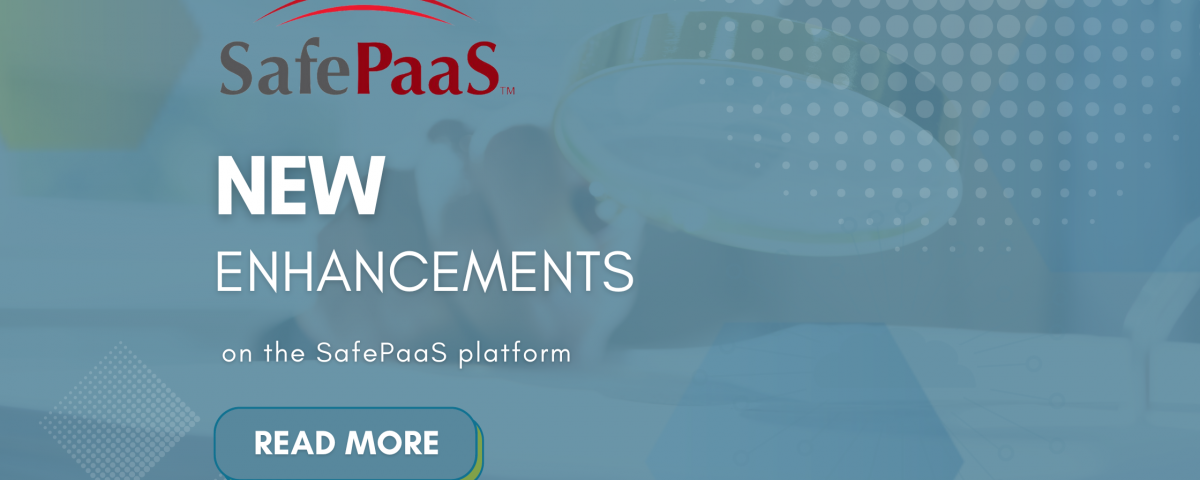Giant Leap into Access Governance

Giant Leap forward into the Access Governance space
SafePaaS continues its mission to provide the most useful platform that effectively governs the enterprise. The scope of modern access governance extends beyond simply managing access to resources in siloed IT systems. Access governance defines access controls, data policies, and security protocols for all information systems and data across the enterprise. SafePaaS now supports any ERP, any application, any database, and any cloud infrastructure to ensure enterprise-wide governance.
End-to-end certification
Performing access certification is crucial for avoiding access violations. Without access certification, the risk of security breaches increases. Regularly scheduled access reviews allow users to be assigned only the necessary access to perform their jobs. Access reviews are triggered when someone changes departments, job roles, or departs the organization to verify that employees have not accumulated excessive access while with the organization. Access certification also ensures that employee access does not continue after departure from the organization.
Enterprise-wide user access request management
Organizations with complex enterprise systems require Identity Lifecycle Management solutions to control access for onboarding employees, contractors, and third parties. Any change to work assignments or departures from the organization requires immediate updates to security privileges in compliance with access governance policies to ensure users only have access to what they need while removing access they don’t need. Policy-based access management also improves user productivity while preventing unauthorized users from accessing business-critical systems.
Enterprise Roles Management
Today, many organizations manually maintain changes to security privileges that enable role-based access controls (RBAC) to critical business information systems. The downside: the manual management of roles does not simulate or prevent security risks that can result in cyber attacks, security breaches, and audit findings. Roles are requested and assigned to users using high-level descriptions from outdated or inaccurate catalogs.

